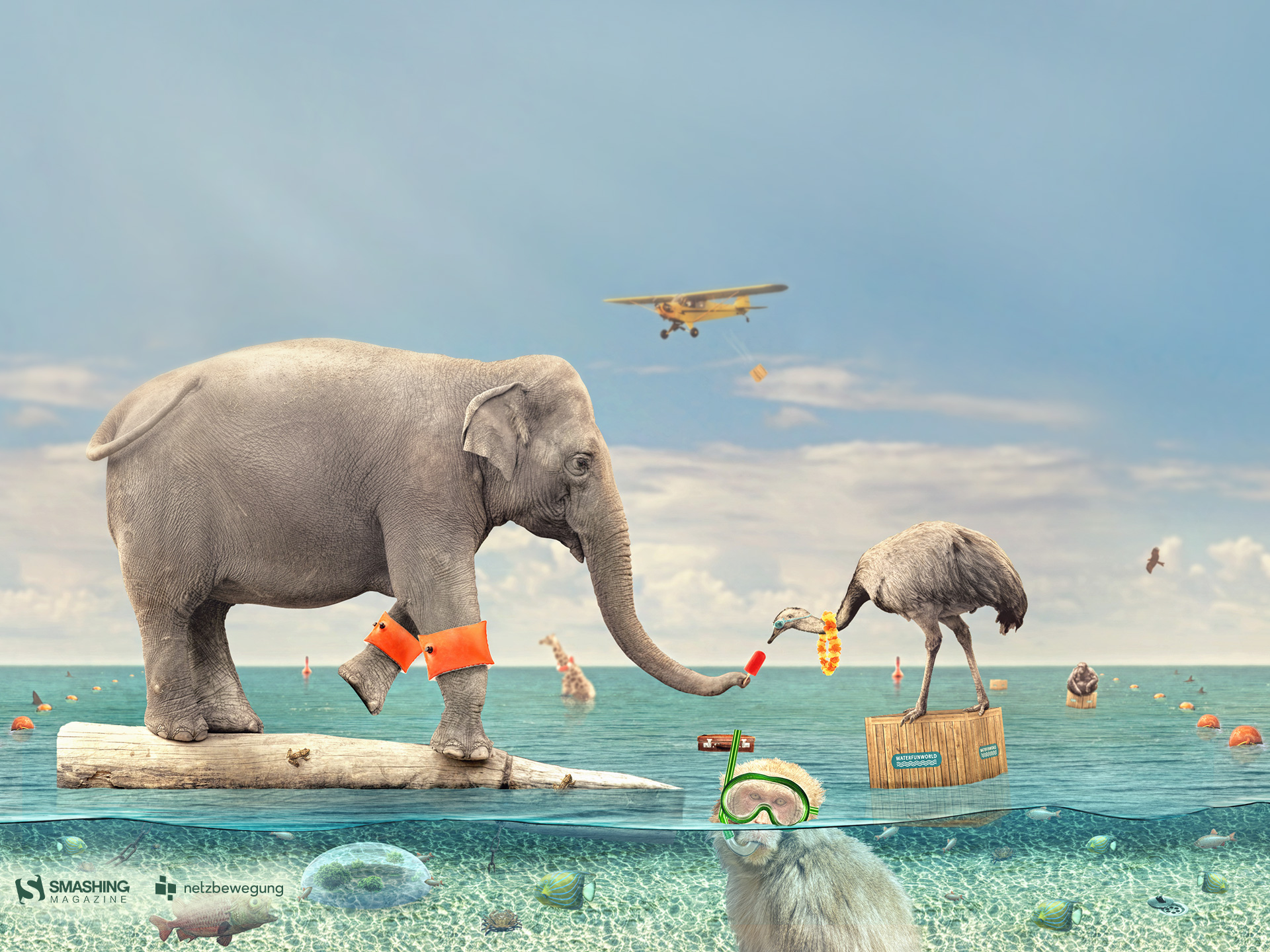
So imagine you take a photo with the wrong white balance settings on your camera. Develop mode allows you to change and customize that automatically-applied develop processing to whatever you want it to be. This processing occurs automatically using default settings, (based on the settings that your camera wrote into the RAW file, such as white balance), as ACDSee displays the image on the screen. Like a polaroid camera that produces the decent-looking image out directly from the camera, the develop processing is done in the camera and never needs to be done again.ĭevelop processing has to be done in order for a RAW file to be viewable. When you shoot JPEGs, the camera takes that RAW sensor data and does develop processing on the image using the current camera settings, such as exposure and white balance, which produces the image that you see on the preview window or on your computer. It also writes in metadata from the camera, such as white balance settings. When you take the picture, the camera records all the light levels on its sensor and writes them to a file. What is a RAW photo? A RAW image straight from the camera is undeveloped - it is merely sensor data. What Else Makes Develop Mode Worthwhile?ĭevelop mode really makes a difference in the context of RAW photos. But in Develop, your changes are all applied at the same time - you always start from the original. You can even change the settings on individual selective adjustments, like brushes and gradients.įurthermore, Edit mode is destructive, which means if you edit and save and edit and save and edit and save, each save degrades your image quality. But Develop mode bypasses the issue of an order of operations.
Acdsee pro 10 best way to back up keywords catagories series#
If you added a series of 10 different edits, but wanted to remove the fifth edit, it would be necessary to start from scratch. In Edit mode, everything you do to an image is done on top of the results of the previous operation. This allows you to avoid having to start from the beginning. However, the difference is that with Developed images, you can remove any of the changes you have made, regardless of the order that you added them. In Edit mode, your original image is also preserved. Go to Process | Restore to Original.Įt voilà Your original is back, no harm done. Well now you’re in trouble, right? The original is gone. *Cue dramatic music*īut, the next day, you come back to it and … what were you thinking? Your changes do not, er, stand the test of time, and your opinion on them has changed. Maybe you’re generally inclined to play it safe in these cases and use the Save as option. Save As means that you save a version of your developed image with a new name or format and switch to the updated image. You’ll notice that your options are Save or Save As. Now that you’ve got your image just as you want it, press Done. Apply settings to achieve the look you want. So take an image that you think could use some sprucing, and open it in Develop mode. Ok, now that we’ve gone through the concept, let’s put it into practice. Basically, your original is safely preserved and stored with your changes, and your changes are added every time you look at it.

The develop settings are also stored in the ACDSee database. In Manage and View mode, the image with the changes applied is displayed. If you’re talking encodable files, such as JPEGs, when you develop an image and press Done, the develop settings are stored in an XMP file, and the original and the XMP file are moved to the folder. The image’s develop setting are stored in the XMP file of the RAW and in the ACDSee database. So what does this mean for saving in Develop mode? When dealing with a RAW image, you make your changes, then click Done. This allows you to revisit the image at any time to adjust the previous settings. When you open a developed image in Develop mode, it displays the settings you previously left them at. It is there to ensure that even if you go very far down a path altering an image, that even if you wind up with something you’re unhappy with, you always have the opportunity to start from scratch, as you possess an untouched original. This allows for what we call “non-destructive” developing of your images. The changes are saved in a separate file, and are applied each time you open the image. When adjusting your images in Develop mode, the original file is never changed. So what’s this Develop mode I speak of all about? But it’s a pretty sweet mode, so it’s worth taking the time to understand its value. The concept behind, or perhaps the need for, Develop mode can be a bit confusing when you’re first getting into processing your digital photos.


 0 kommentar(er)
0 kommentar(er)
